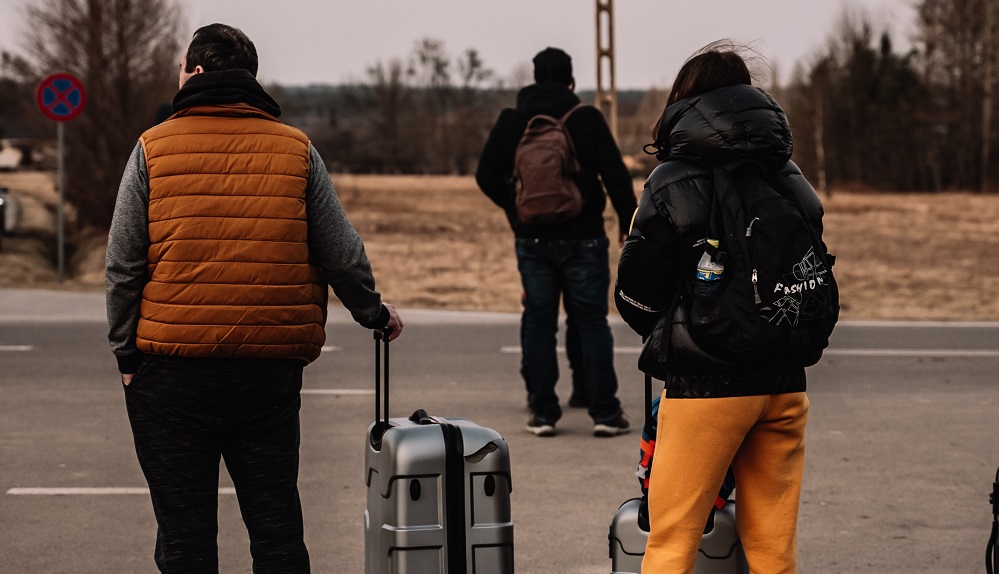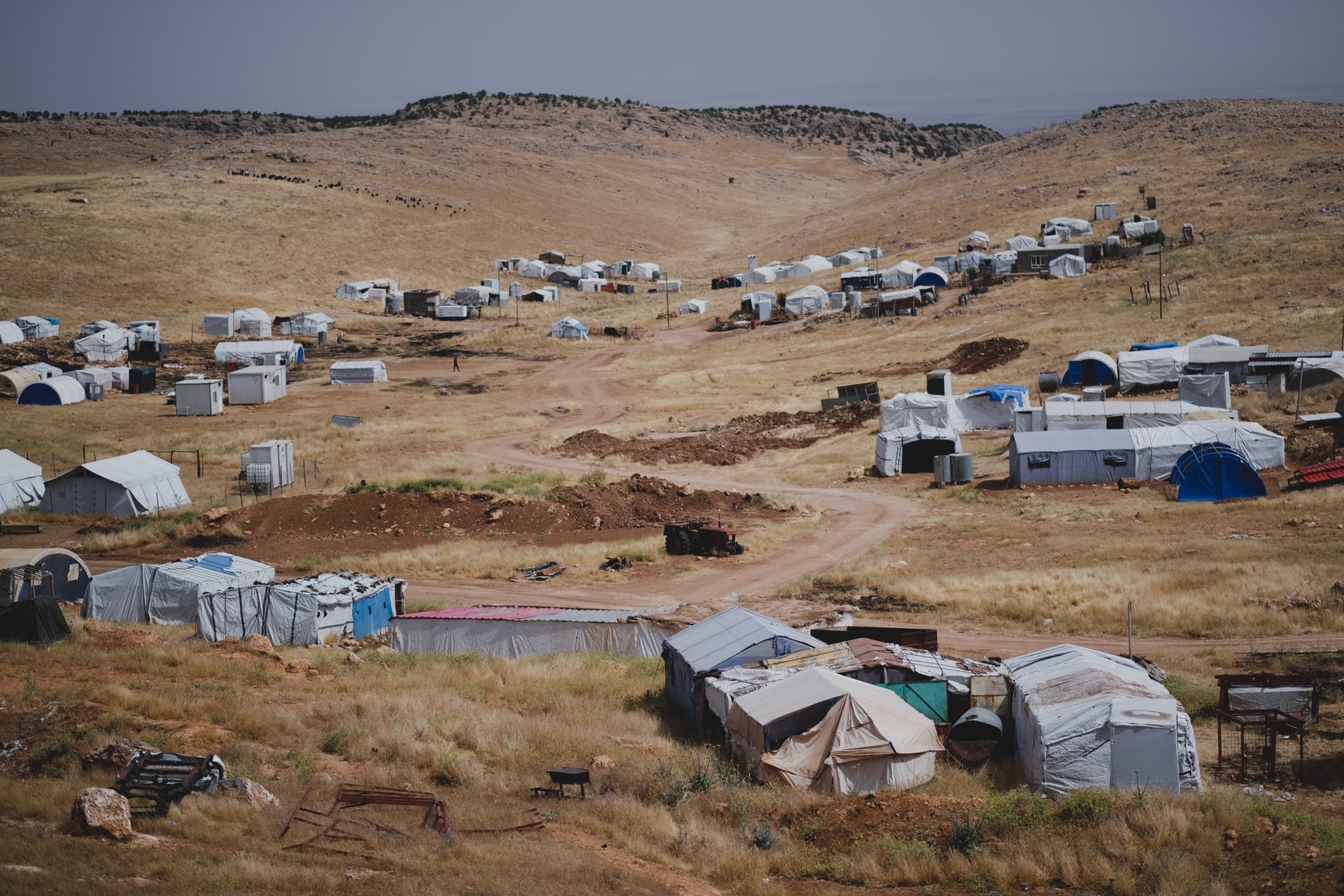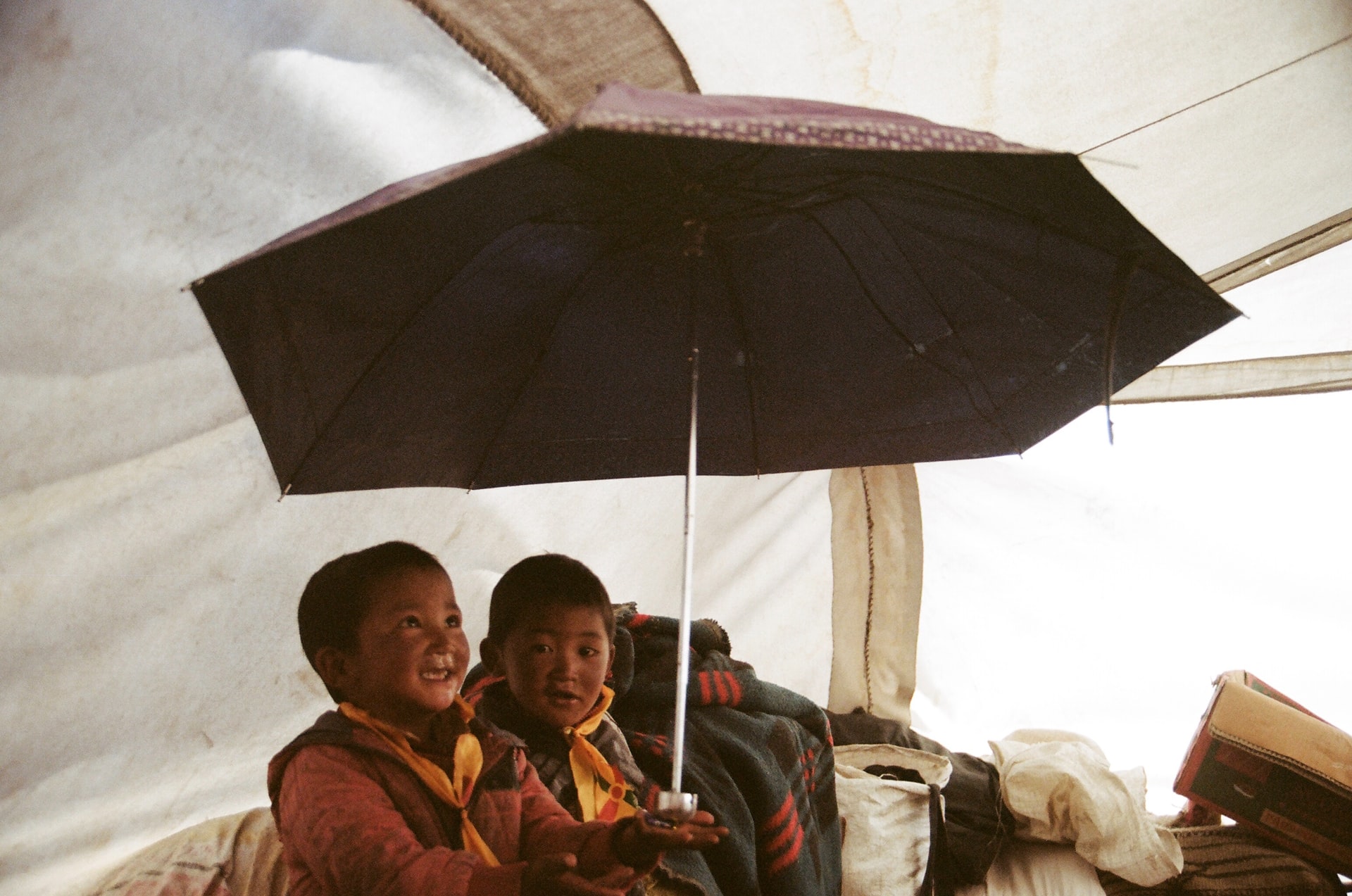The lives and livelihoods of millions of people are increasingly at risk from climate change, and its impact on forced migration is perhaps one of the gravest challenges facing the global refugee regime. In today’s theme of the Refugee Realities Podcast, Leah Trotman focuses on climate change in the Caribbean, a topic that has received relatively little attention. How does climate change impact inhabitants of the Caribbean, and how will this develop in the future?
Climate-induced migration in the Caribbean: the present and the future
Host: Leah Trotman, MSc student in Health and International Development, LSE

In this episode, Leah Trotman speaks with Pablo Escribano, the Regional Thematic Specialist at the International Organization for Migration (IOM) for the Americas and the Caribbean, about climate change and migration. The Internal Displacement Monitoring Centre reported that nearly three million people across the Caribbean and the United States were displaced in 2017 due to Hurricanes Irma, Maria, and Harvey. With a rise in global warming, Small Island Developing States (SIDS) can expect increased sea levels and more severe and frequent hurricanes, as well as other climate shocks that influence population movement. With a majority of the Caribbean’s population situated within 1.5 km of the coast, gaining a better understanding of what climate-induced migration looks like in the region is crucial.
Listen to the podcast
For listeners interested in learning more about this subject, Pablo and Leah have curated the following list:
_______________________________________________________________________________________________________________________
This post is opinion-based and does not reflect the views of the London School of Economics and Political Science or any of its constituent departments and divisions.
_________________________________________________________________________________________________________________________
Image: Renzo D’souza on Unsplash





